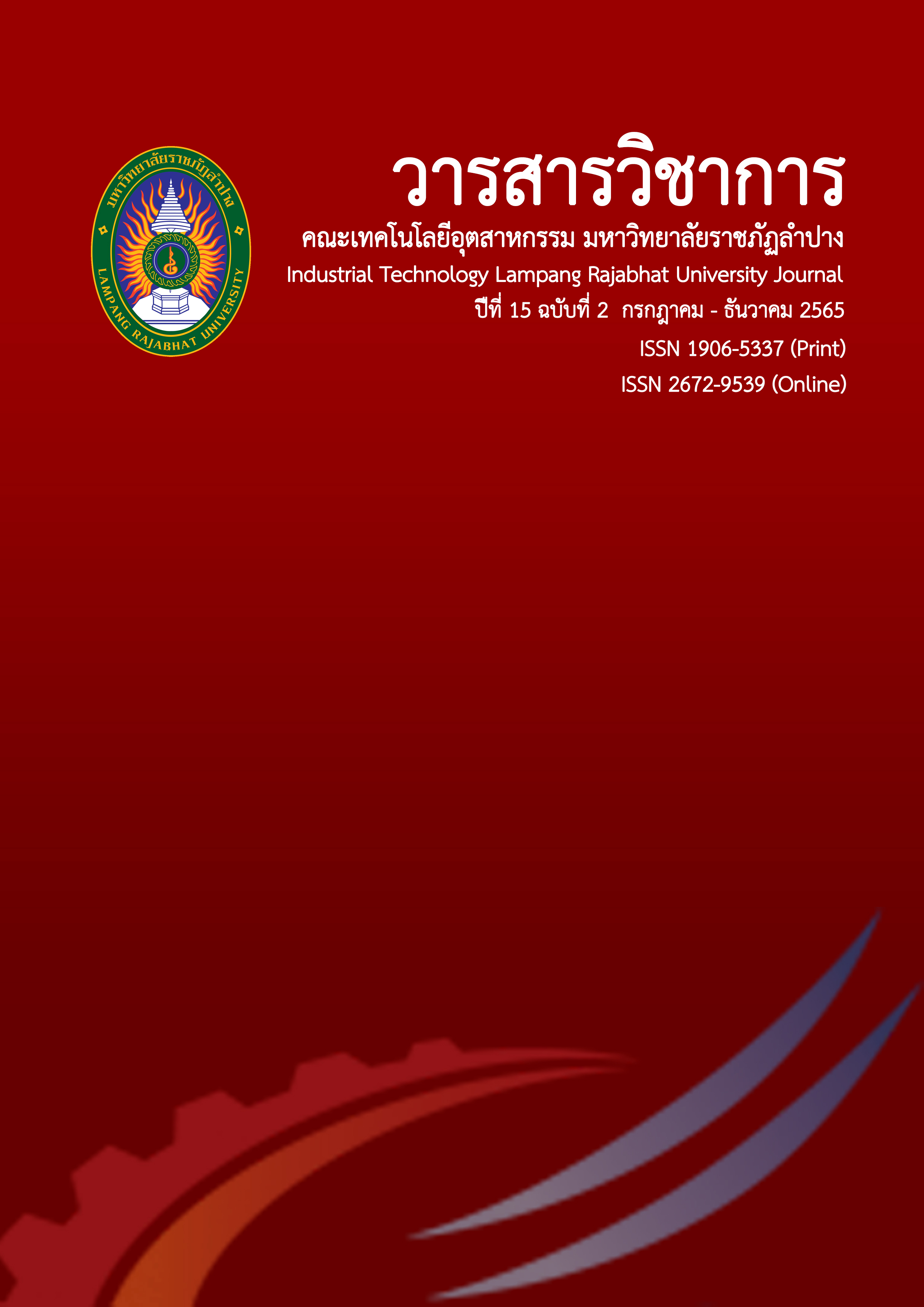Rubber Utilization for Safe Creative Industrial Product Design
Keywords:
Rubber, natural fibers, safety products Analytic Hierarchy Process (AHP)Abstract
This study focused on the evolution of rubber utilization in an experimental research process. The steps were divided into sections based on the objectives: 1) to improve and develop raw materials derived from para rubber that are suitable to produce rubber products- to enhance the properties of fresh rubber latex to make it suitable for latex processing, and increase strength by incorporating natural fibers; 2) to investigate the properties of rubber materials for product design by testing the amount of dry rubber content and hardness to determine the suitable formulation for future applications; and 3) to apply the design of products to the creative industries. Analysis of statistical values via the hierarchical decision-making process of the Analytic Hierarchy Process (AHP) was used in the selection of safety products.
The results showed that the creaming method was successful in improving the properties of rubber latex. The dry rubber content of the concentrated latex obtained from the POCMC formulation was 61.7%, and the hardness properties were increased by blending with natural fibers. The suitable fibers from the selection were cotton, kapok, and banana fibers, and the hardness value determined the appropriate formula for use from the CKB4, with the highest hardness at 73.93±3.80. For the design of safety products, statistical analysis results via a hierarchical decision-making process for safety products indicated that the environmental safety product had the highest suitability value (0.465). Four prototypes were replicated with a 3D printer using a creation inspired by the shape of a rubber fruit and a fiber composite surface, along with instructions for reducing and preventing coastal erosion.
References
Ayar, M., Dalkiran, A., Kale, U., Nagy, A., & Karakoc, T. H. (2021). Investigation of the substitutability of rubber compounds with environmentally friendly materials. Sustainability, 13(9), 5251.
Deboonmee, S (2007). The study of industrial product design. Bangkok: Odeon Store.
Roy, K., Debnath, S. C., Pongwisuthiruchte, A., & Potiyaraj, P. (2021). Recent advances of natural fibers based green rubber composites: Properties, current status, and future perspectives. Journal of Applied Polymer Science, 138(35), 50866. https://doi.org/https://doi.org/10.1002/app.50866.
Saributr, S. (2006). Industrial Product Technology. Bangkok: O.S. Printing House. (in Thai)
Sivasubramanian, P., Mayandi, K., Santulli, C., Alavudeen, A., & Rajini, N. (2020). Effect of Fiber Length on Curing and Mechanical Behavior of Pineapple Leaf Fiber (PALF) Reinforced Natural Rubber Composites, Journal of Natural Fibers, 19(11), 4326-4337, DOI: 10.1080/15440478.2020.1856281.
Suwannarat, W., Kositgittiwong, D., Ekkawatpanit, C., Sukjan, R. (2020). "A study of the energy reduction of flow through concrete and natural rubber tetrapods." The 25th National Convention on Civil Engineering 25, WRE05-1-WRE05-8
Thailand rubber price. (2022, November 4). Thailand rubber price. [online], Available: https://www.raot.co.th/rubber2012/menu5.php.
Thaothong, S. (2019). Advanced design thinking in art. Chonburi: Bangsaen printing. (in Thai)
TMB Economic Analysis Center. (2019). Export situation in 2019. [online], Available: https://www.tmbbank.com/analytics. Access on June 12, 2020. (in Thai)
Zhao, X., Copenhaver, K., Wang, L., Korey, M., Gardner, D. J., Li, K., Lamm, M. E., Kishore, V., Bhagia, S., Tajvidi, M., Tekinalp, H., Oyedeji, O., Wasti, S., Webb, E., Ragauskas, A. J., Zhu, H., Peter, W. H., & Ozcan, S. (2022). Recycling of natural fiber composites: Challenges and opportunities. Resources, Conservation and Recycling, 177, 105962. DOI: /10.1016/j.resconrec. 2021.105962.
Downloads
Published
Issue
Section
License
Copyright (c) 2022 Industry Technology Lampang Rajabhat University

This work is licensed under a Creative Commons Attribution-NonCommercial-NoDerivatives 4.0 International License.






